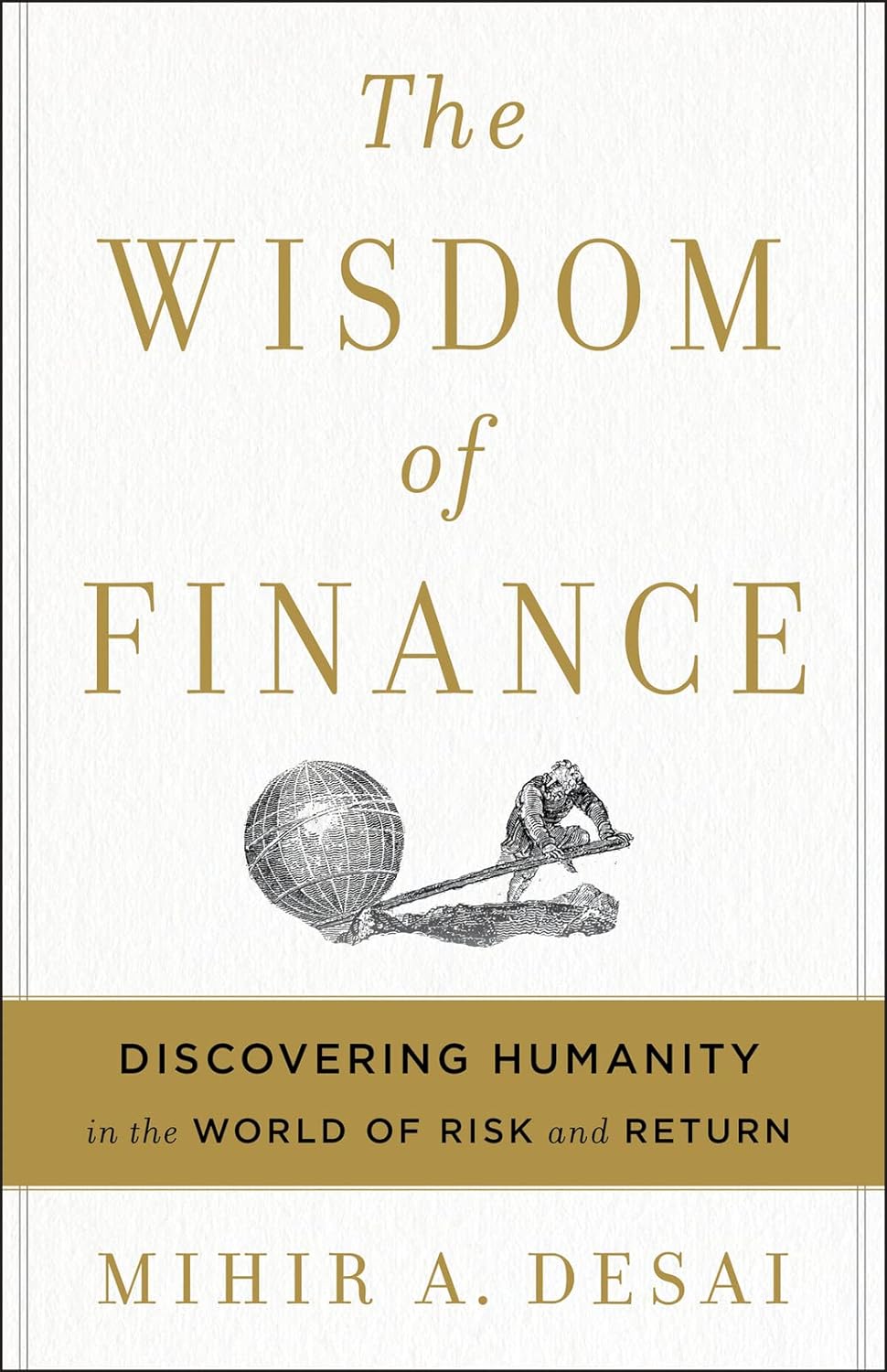Review of The Wisdom of Finance by Mihir Desai
As an avid reader with a keen interest in finance and literature, I was immediately drawn to The Wisdom of Finance. The premise of blending the intricate world of finance with the realms of literature, history, and philosophy intrigued me deeply. Looking for a fresh perspective on a field often viewed as daunting, I hoped to find not just educational insights but thoughtful reflections on life itself.
Mihir Desai’s writing is indeed entertaining and informative. He seamlessly takes the reader through the fundamentals of finance—covering asset pricing, risk management, mergers, debt, and even bankruptcy—while weaving in references from beloved texts and pop culture. The book stands out not just for its exploration of financial concepts but for its inherent duality; it acts as a multifaceted lens, enabling us to view financial principles through various human experiences.
One aspect I found particularly compelling was Desai’s use of literature to illustrate complex financial ideas. For instance, he discusses risk management through Pride and Prejudice by examining Lizzy Bennet’s romantic choices. This clever connection not only elucidates the financial concept but highlights the precariousness of personal decisions. Readers can appreciate the benefits of diversification through The Wire, where Stringer Bell’s strategy with burner phones serves as an excellent metaphor for risk mitigation.
Furthermore, Kalyani Kedarnath aptly notes that Desai’s comparisons encourage readers to reflect on their own lives. He personalizes the concepts, allowing us to see finance as not just a set of numbers but as intertwined with our everyday choices and relationships. For example, when discussing leverage, he touches on the delicate balance of being a working parent, provoking thoughtful questions about life choices and accountability. This humanization of finance struck a chord with me, making complex themes digestible and relatable.
However, while the book is undoubtedly thought-provoking and insightful, some readers may find certain passages a bit dense or difficult to navigate. Stephen S points out that the ambitious endeavor of connecting finance with the humanities can occasionally lead to moments where the integration feels forced. For someone unaccustomed to financial jargon, this might present a challenge, as engaging with the book’s blend of abstraction and narrative depth is sometimes complex.
Additionally, I resonated with the feeling portrayed by Ian, who mentions that while the financial practitioner may appreciate numerous anecdotes and literary references, beginners might feel overwhelmed. The book’s rich textures and intricate comparisons, although fascinating, may require some prior understanding of financial fundamentals.
Nonetheless, my overall experience with The Wisdom of Finance was overwhelmingly positive. The storytelling was nothing short of delightful, and the lessons that emerged from Desai’s narrative were enriching. It prompted me to consider not only the financial decisions we make but the broader implications of those choices in shaping our relationships and identities. Desai’s approach affirmed that finance, when viewed through the lens of humanity, can be both rewarding and enlightening.
In conclusion, I wholeheartedly recommend The Wisdom of Finance to anyone interested in finance, literature, or simply seeking a deeper understanding of life’s complexities. This engaging work invites readers to embark on a journey of exploration—one where finance is not an isolated discipline but a reflection of our shared human experience. Whether you are a seasoned finance professional or just dipping your toes in the water, Desai’s unique perspective will undoubtedly resonate with you. Ultimately, this book not only meets my expectations but exceeds them in its ambition and heartfelt exploration of finance in a much broader context.








